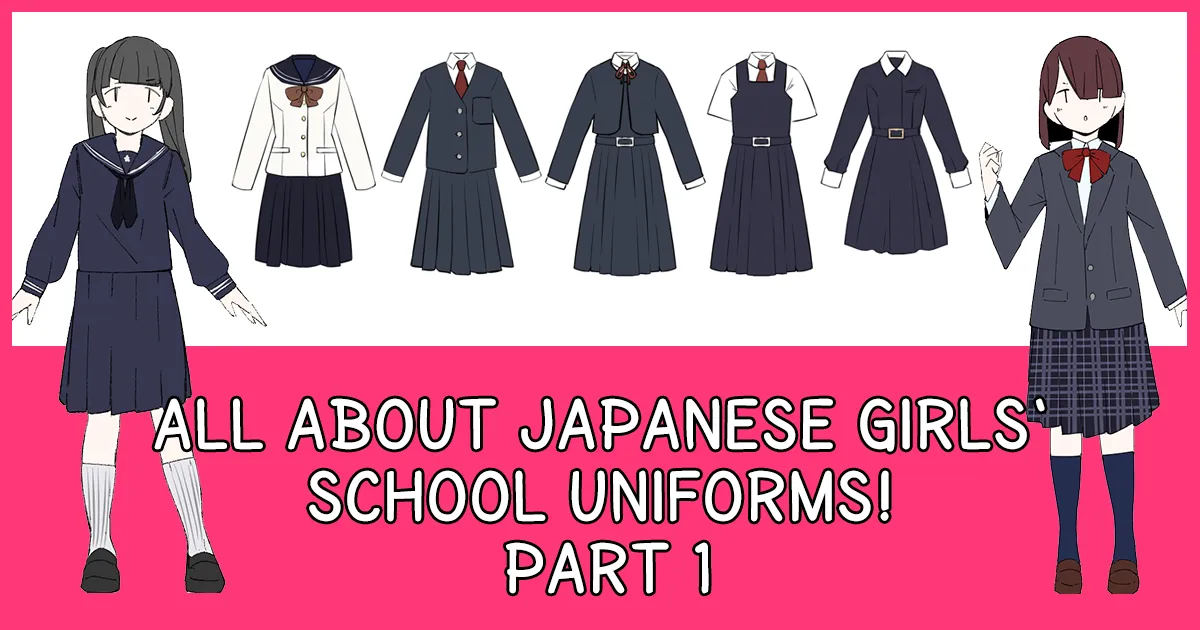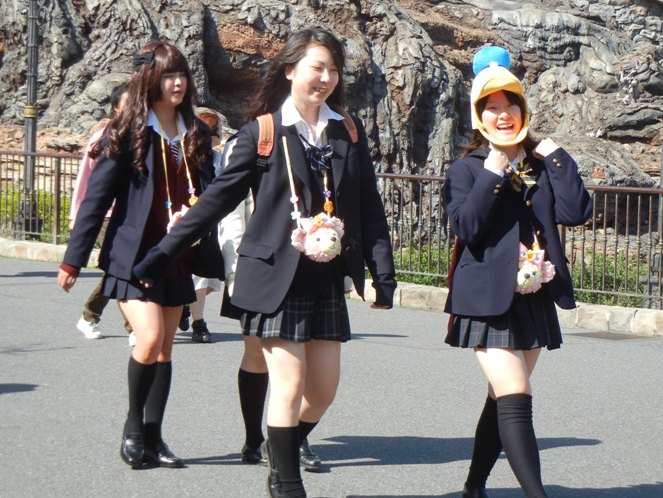Little Known Facts About Japanese Uniforms.
Wiki Article
The Basic Principles Of Japanese Uniforms
Table of ContentsAn Unbiased View of Japanese UniformsThe Basic Principles Of Japanese Uniforms The Only Guide for Japanese UniformsJapanese Uniforms - Questions
Loafers in the recent collection have heels so that ladies have far better percentages. Numerous female students placed bows or ties around the collar. Ribbons and ties are the typical products which can quickly share the personal taste. Ladies normally have two or more variations of bows as well as ties, altering them from day to day, depending upon the mood.Trainees delight in picking their preferred ones at the shop - Japanese uniforms. Some institutions have their very own bags, however many of the situation pupils can use whichever bags they desire. Normal school bag in Japan is a handbag-type, constructed of nylon or leather. Those that do sporting activities may make use of enamel bags, as well as various other trainees make use of backpacks.
While not numerous public elementary colleges in Japan require uniforms, numerous independent schools and public schools run by the central federal government still do so. While few public grade schools in Japan call for attires, many private schools and also public colleges run by the main federal government still do so. You may also have an interest in: Institution uniforms are ubiquitous in Japan.
Attires assist specify a college's identification and are admired symbols of young people. Uniform putting on situation The solution to "I used an uniform" was 20. 3% for elementary college, 94. Japanese uniforms.
How Japanese Uniforms can Save You Time, Stress, and Money.


The authorities claimed "In Japan, they were most likely viewed as lovable Western-style youngsters's outfits, as opposed to navy equipment." Sailor fits were embraced in Japan for ladies since the attires were easy to stitch. The huge majority of anime are at least partly established in Japanese secondary schools however the representations aren't always precise.
The trainees in Japanese colleges are generally much better acted and also there are far fewer discipline troubles than in the United States. Studies have likewise shown that Japanese trainees on average spend about one-third more time learning each class period than American students do. Or are they allowed to put on trousers? Thanks! Usually, colleges with a gown code, which indicates virtually any kind of exclusive institution as well as basically all senior high schools, require skirts to be put on by ladies and also trousers by kids.
 Institution uniforms are being reconsidered across the country. In Japanese society, a method for recognizing the leader of a group, be it the leader of an Ouendan or a club or team head of state, is to look for the red armband on the top arm. The armband has the name of the group published on it - Japanese uniforms.
Institution uniforms are being reconsidered across the country. In Japanese society, a method for recognizing the leader of a group, be it the leader of an Ouendan or a club or team head of state, is to look for the red armband on the top arm. The armband has the name of the group published on it - Japanese uniforms.Japanese culture mandates that individuals must eliminate their shoes when entering houses and various other buildings, particularly where the floorings may have carpets, polished wood floorings, or tatami. Uwabaki are light, versatile footwear which are easy to slide on and off, assigned for interior use. The bathrobe is the standard dress of Japan.
Top Guidelines Of Japanese Uniforms
Different sorts of bathrobe are used depending upon the celebration; bathrobes for everyday wear are a lot easier than those for formal events. Every trainee obtains a footwear storage locker at the entry, and also adjustments from their outside footwear to indoor ones when they go into the institution. The method of taking your footwear off at the lower learn the facts here now step of an entryway when you go into a structure is called genkan, and useful content also is thought to return over a thousand years.Institution officials feared the sight of the female neck would sexually thrill male trainees. The response: As a policy, no! Tipping is not normal in Japan. Actually, it can be considered rude and also insulting in many situations. The majority of Japanese dining establishments require consumers to spend for their meals at the front register, as opposed to leave cash with the waitress or waitress.
Not ending up one's meal is not considered rude in Japan, but instead is taken as a signal to the host that one does not desire to be served another aiding. On the other hand, ending up one's meal completely, specifically the rice, suggests that one is completely satisfied and for that reason does not desire to be served any kind of much more.
 I never wore a college uniform as a child but I constantly wished I did (I make certain it's a grass is greener scenario where kids that use uniforms desire they didn't) (Japanese uniforms). It's not extremely common for American kids to put on school uniforms unless they're in particular exclusive schools, but that's not the case worldwide.
I never wore a college uniform as a child but I constantly wished I did (I make certain it's a grass is greener scenario where kids that use uniforms desire they didn't) (Japanese uniforms). It's not extremely common for American kids to put on school uniforms unless they're in particular exclusive schools, but that's not the case worldwide.How Japanese Uniforms can Save You Time, Stress, and Money.
In the average anime, trainees wear some variation of an institution attire. Many Japanese colleges do have an uniform for students.It was among the most extensively worn garments for young boys as well as was preferred for about a Recommended Site century. It was used for almost every conceiveable purpose - Japanese uniforms. Kids in the 19th century did not have big wardrobes so the sailor match was used for both everyday battle and also sprucing up.
A lot of institutions are relatively little, so each classroom of students has a single instructor that follows them with their occupation at the institution. This teacher is held virtually as in charge of the youngsters as a parent would certainly be, both in and also out of institution. Loud slurping may be disrespectful in the U.S., yet in Japan it is considered discourteous not to slurp.
But to most Japanese, "bloomers" invokes exactly what you have actually described little high-cut gym shorts that hug the body and also expose the whole thigh. Component of what's so fascinating about your inquiry is that this style of health club wear is no much longer made use of in Japanese institutions. With elder characters, white hair represents maturity, wisdom, as well as dignity.
Report this wiki page